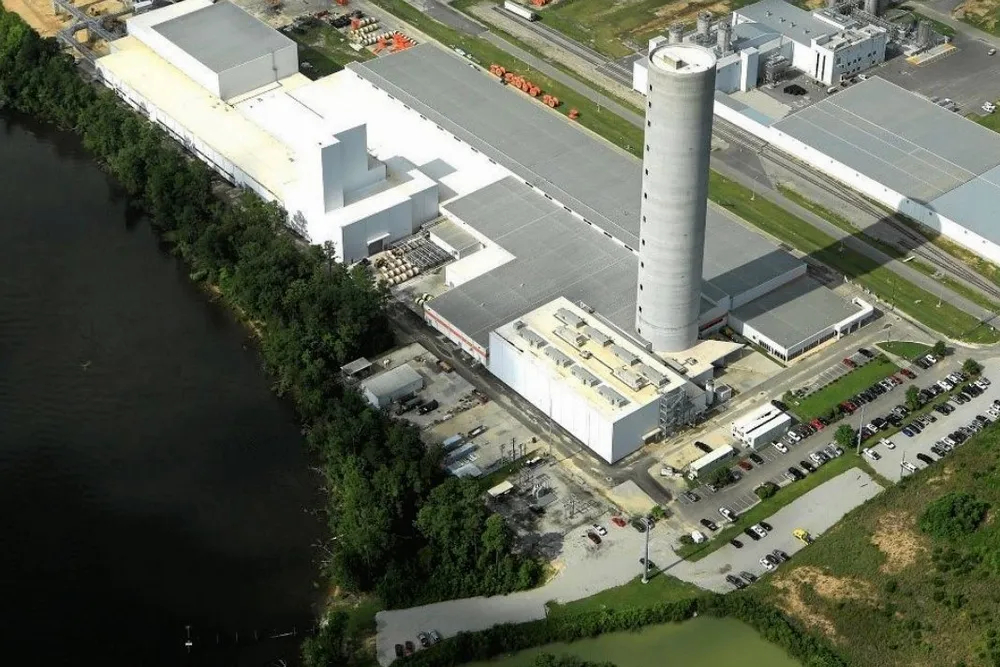US $150bn clean energy manufacturing pipeline 'could be transformative'
Clean energy no longer just a climate solution but also a jobs engine, an economic strategy, and a national security priority, asserts American Clean Power

There are 200 clean power manufacturing facilities in the development pipeline representing over $150bn of investment, a big step for the US to secure a domestic supply chain, according to a new report by the American Clean Power Association (ACP).
The group released the report on Tuesday at its Cleanpower conference in Phoenix.
The sector now contributes $18bn annually to US gross domestic product and $33bn in domestic spending and supports 575,000 jobs across the country.
If all facilities in the pipeline come online by 2030, the industry would contribute $86bn to GDP, inject $164bn into the national economy, and support as many as 575,000 jobs.
“Surging clean energy deployment is creating new manufacturing facilities across the country,” said Jason Grumet. “This success will create hundreds of thousands of jobs and revitalise American communities if policy leaders place economic progress over partisan division.,”
He added, “Re-shoring this critical supply chain requires a shared commitment by both industry and policymakers to prioritize domestic economic growth and global competitiveness.”
The report found on average the clean energy manufacturing workers made $42,000 more than average US workers in the economy in 2024.
The report coincides with majority Republicans in Congress struggling to decide the future of long-term federal clean energy tax credits available in the 2022 Inflation Reduction Act (IRA), the nation’s landmark climate law.
Grumet acknowledged the sector’s economic and job benefits “have largely been made possible” by IRA tax credits.
In the House of Representatives, a minority of 15 or so party lawmakers – the Republican caucus has 222 members - are resisting efforts by fiscal conservatives to accelerate phase down of the credits and tighten eligibility criteria.
President Donald Trump wants his party to scrap these and other green subsidies as part of a massive tax and spending bill that House Republican leaders aim to complete this month.
Rolling them back would help cover the multi-trillion-dollar cost of extending 2017 cuts for business and individuals in households. Tax bills originate in the House.
The report specifically cites the 45Y and 48E clean electricity tax credits for technology-neutral generation projects, especially those that use US-made components and pay prevailing wages.
Also at risk are the 45X advanced manufacturing production tax credit which supports domestic production of clean energy components across the supply chain, and 48C advanced energy project tax credit that offers up to 30% of capital investment for manufacturing projects, with priority for those in former coal communities.
(Copyright)